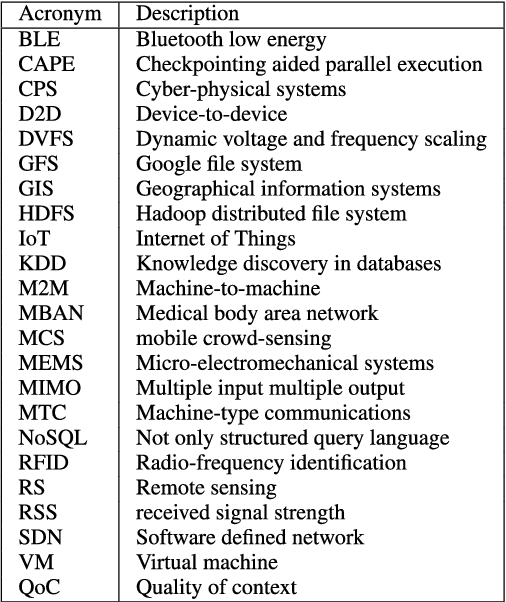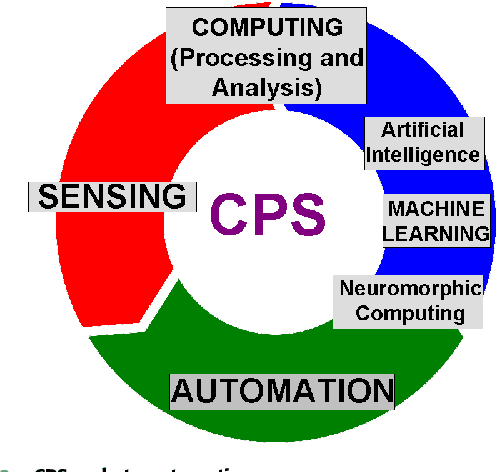Rachad Atat
SINdex: Semantic INconsistency Index for Hallucination Detection in LLMs
Mar 07, 2025Abstract:Large language models (LLMs) are increasingly deployed across diverse domains, yet they are prone to generating factually incorrect outputs - commonly known as "hallucinations." Among existing mitigation strategies, uncertainty-based methods are particularly attractive due to their ease of implementation, independence from external data, and compatibility with standard LLMs. In this work, we introduce a novel and scalable uncertainty-based semantic clustering framework for automated hallucination detection. Our approach leverages sentence embeddings and hierarchical clustering alongside a newly proposed inconsistency measure, SINdex, to yield more homogeneous clusters and more accurate detection of hallucination phenomena across various LLMs. Evaluations on prominent open- and closed-book QA datasets demonstrate that our method achieves AUROC improvements of up to 9.3% over state-of-the-art techniques. Extensive ablation studies further validate the effectiveness of each component in our framework.
Big Data Meet Cyber-Physical Systems: A Panoramic Survey
Oct 29, 2018



Abstract:The world is witnessing an unprecedented growth of cyber-physical systems (CPS), which are foreseen to revolutionize our world {via} creating new services and applications in a variety of sectors such as environmental monitoring, mobile-health systems, intelligent transportation systems and so on. The {information and communication technology }(ICT) sector is experiencing a significant growth in { data} traffic, driven by the widespread usage of smartphones, tablets and video streaming, along with the significant growth of sensors deployments that are anticipated in the near future. {It} is expected to outstandingly increase the growth rate of raw sensed data. In this paper, we present the CPS taxonomy {via} providing a broad overview of data collection, storage, access, processing and analysis. Compared with other survey papers, this is the first panoramic survey on big data for CPS, where our objective is to provide a panoramic summary of different CPS aspects. Furthermore, CPS {require} cybersecurity to protect {them} against malicious attacks and unauthorized intrusion, which {become} a challenge with the enormous amount of data that is continuously being generated in the network. {Thus, we also} provide an overview of the different security solutions proposed for CPS big data storage, access and analytics. We also discuss big data meeting green challenges in the contexts of CPS.
 Add to Chrome
Add to Chrome Add to Firefox
Add to Firefox Add to Edge
Add to Edge